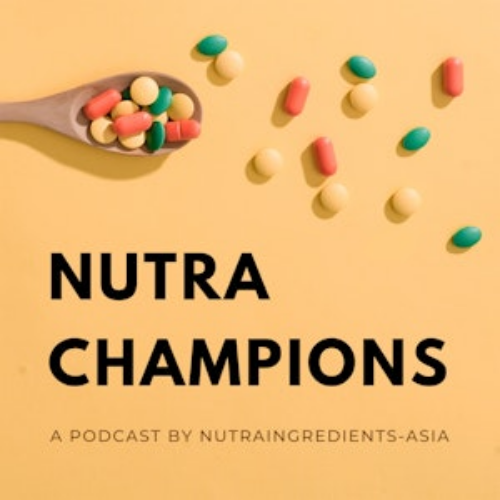FFC five years on: Less than half of Japan’s Food With Function products commercially available

Last year, we reported 1700 products carried the FFC certification. The FFC system had been growing steadily over the past four years and in 2018, it was valued at USD1.8bn.
Hiroyuki Kawai, CEO of food labelling consultancy Label Bank, told NutraIngredients-Asia, the market size of FFC products is expected to exceed JPY300bn (USD2.8bn) in 2020.
As of March 2020, 1,325 products were currently on sale. According to Kawai, many companies take their FFC products off the shelves to improve characteristics of the food such as taste, aroma and texture, as well as work on the scientific evidence before bringing it back to the market.
To be approved under the FFC system, companies are required to submit scientific evidence in the form of clinical trials or systematic reviews to CAA.
As the scientific database increases overtime, Kawai said many companies would update the quality of its scientific evidence to better suit its claim.
Based on the information from the Food and Drug Reporting Database for Functional Claims of the CAA, among the 1,325 items on sale, dietary supplements (53%) accounted for most of it, non-supplement processed foods such as tofu accounted for 45% and fresh foods such as fruits accounted for 2%.
Indigestible dextrin is tops
In terms of functional ingredients, indigestible dextrin was found to be the most used ingredient, accounting for 11% of all products. Indigestible dextrin is commonly known as a dietary fibre with benefits for alleviating constipating, as well as the ability to suppress fat absorption after meals.
The second and third most popular ingredients were GABA (9%) and lutein (6%). GABA is known for its benefits on blood pressure, good sleep, stress and fatigue.
DHA/EPA (6%), ginkgo leaf flavonoid glycoside/ginkgo leaf terpene lactone (4%), bifidobacterium (3%), L-Theanine (3%), bilberry-derived anthocyanin (3%), soy isoflavone (3%), and isoflavone derived from kudzu flower (2%) were other popular ingredients commonly found in FFC products.
In terms of functionality, fat-related claims were the most common, making up 345 products. This was followed by blood sugar (167 products), fatigue (165 products), blood pressure (130 products), cognition (116 products), eye care (115 products), stress (108 products), and sleep (85 products).
Advertising regulations
According to Kawai, the biggest challenge for the FFC system was in providing engaging advertising content/label, while staying “within the scope of functional claims that are based on objectively-verified evidences."
FFC products are labelled with the food function and specified health effects, based on existing scientific data (clinical trials or systemic reviews) submitted to the CAA. The CAA does not assess its safety nor effectiveness of the product, unlike those approved under the more stringent Food with Specified Health Uses (FOSHU).
FFC products commonly rely on testimonials advertisements, in which the user expressed their personal impression or experience of the product.
“Consumers want ‘easy-to-understand’ effects (health benefits) and testimonial advertisements are frequently used because they match this purpose, said Kawai.
However, the problem with this was that personal impressions on the product may be displayed negatively or differently. “Consumers are individuals and may experience the product with a different effect than advertised,” Kawai explained.
In late March, the CAA published a guideline to increase transparency of the labelling and advertisement requirements in FFC products, in both the pre and post-launch of such products.











